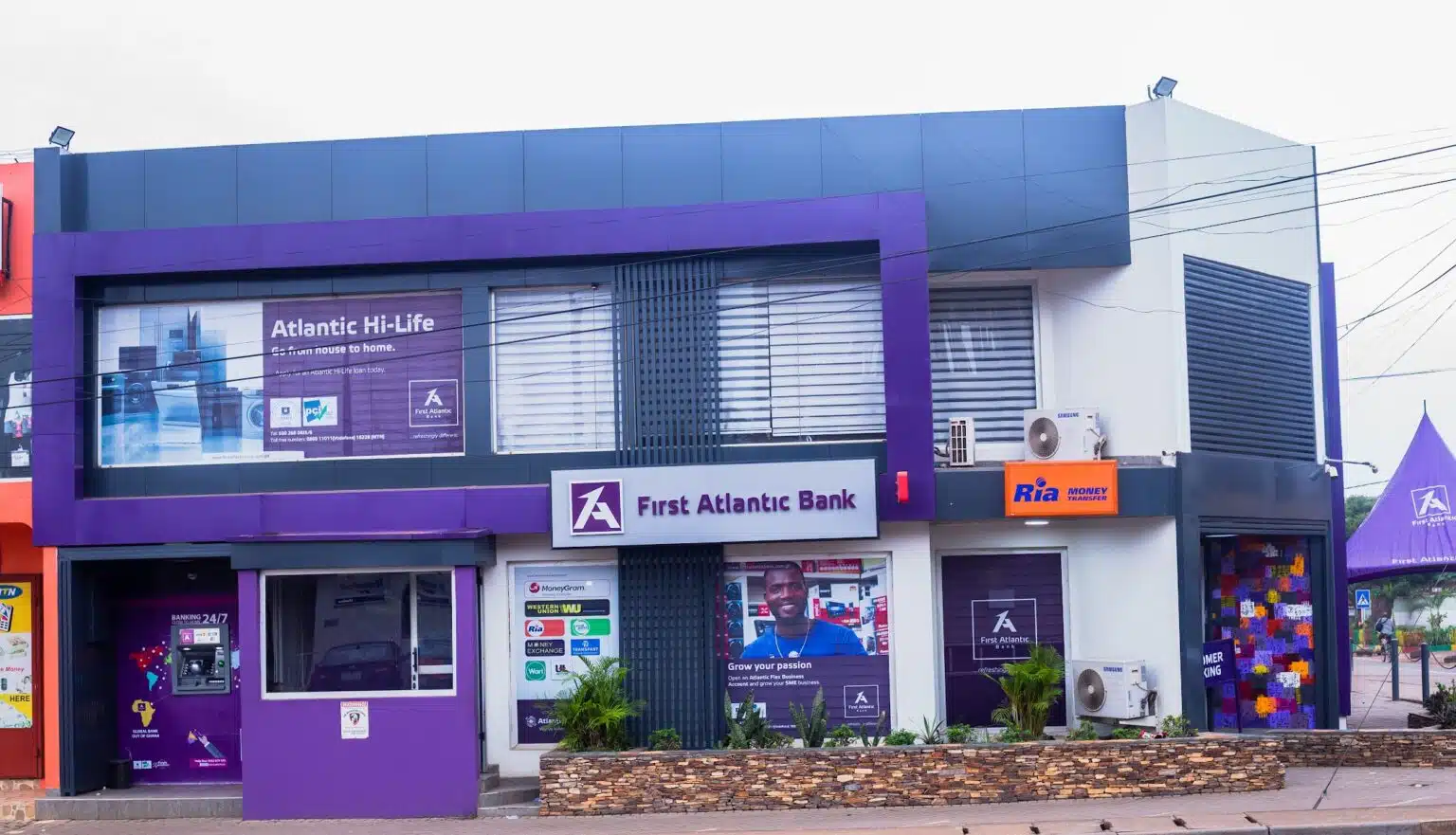South Africa’s fintech market is projected to reach R337.7 billion ($19.5 billion) over the next five years, posing a growing threat to the country’s established banks, according to TransUnion’s latest South Africa Research Report.
The report, titled ‘Decoding FinTech Consumer Profiles,’ highlights how Africa’s biggest economy, once a bank-dominated credit market, is being reshaped by a wave of nimble, data-driven fintechs that are attracting a younger, more digitally active customer base.
Fintechs gaining ground among new borrowers
TransUnion’s analysis of 4.3 million consumers with at least one open fintech obligation shows that fintechs are playing an increasingly central role in South Africa’s credit ecosystem.
These emerging players offer flexible products and faster onboarding, appealing especially to new-to-credit (NTC) consumers — individuals accessing credit for the first time.
However, despite their accessibility, fintechs are not the main entry point for new borrowers. The report found that only 17% of NTC consumers started their credit journey with a fintech, compared with 69% who did so through retailers, underscoring the continued dominance of traditional credit channels.
More products, higher risk
The findings challenge the perception that fintech borrowers are limited to small or short-term loans. Among those with 0–1 month loan terms, about 44% of fintech borrowers hold two to three credit products, while 27% hold four or more, suggesting deeper engagement with credit than previously thought.
Yet, this expansion comes with elevated risk. Fintech borrowers underperform significantly on repayment, showing the highest delinquency rates in the market — 74% for short-term loans and 45% for 2–12 month loans — compared to much lower levels among banks and non-bank lenders.
TransUnion noted that this highlights a critical need for stronger risk management frameworks within the fintech sector, as their customer base remains concentrated among higher-risk segments.
Subprime borrowers dominate fintech lending
Fintech borrowers are overwhelmingly classified as subprime — those with weaker credit scores and higher default probabilities. For short-term (0–1 month) loans, 95% of fintech borrowers fall below prime, compared with 29% for banks and 69% for non-bank lenders.
Similarly, for medium-term (2–12 month) loans, 94% of fintech borrowers are below prime, versus 58% for banks and 50% for non-banks. This heavy concentration in the subprime segment underscores both the opportunity and the volatility of South Africa’s growing fintech credit space.
Room for improvement and opportunity
Despite these risks, TransUnion’s report identified early signs of credit score improvement among fintech borrowers, indicating potential for stability as the sector matures.
To remain competitive, the report urged South Africa’s traditional banks to develop targeted digital strategies that attract, retain, and grow relationships with tech-savvy borrowers. Strengthening engagement with younger consumers through innovation, user-friendly platforms, and flexible credit offerings could help banks defend their market share in an increasingly digital financial landscape.
As the country’s fintech sector continues to expand toward the $19.5 billion mark, its major banks face a delicate balancing act: adapting quickly to digital transformation while managing the heightened risks that accompany a rapidly evolving credit environment.








